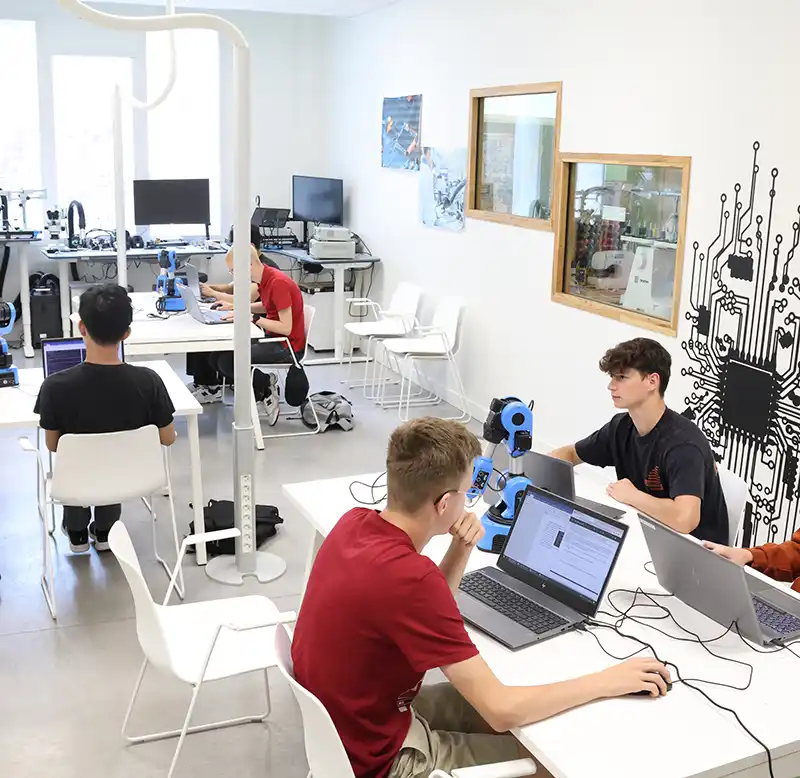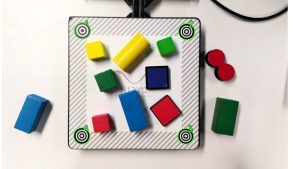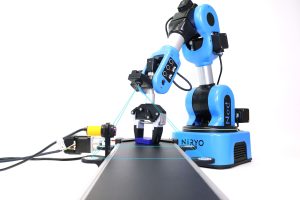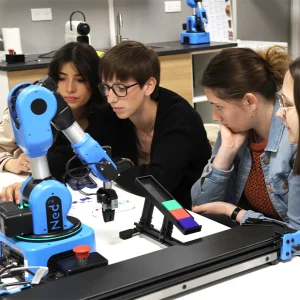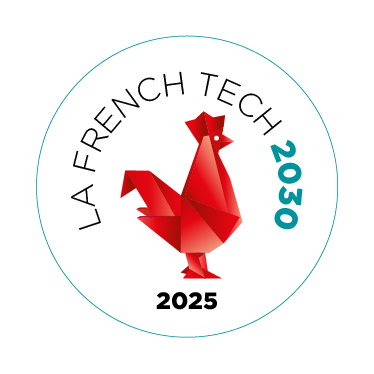Sensors are the “sensory organs” of robots, enabling them to perceive and interact with their environment. Without them, a robot would be blind and deaf and unable to adapt. Sensors are essential for robot autonomy, guiding navigation, detecting obstacles, and identifying objects or people.
Nearly 85% of industrial and educational robots will incorporate advanced sensors by 2024 to ensure precision and safety. They are indispensable to modern robotics and provide crucial data for autonomous navigation, obstacle recognition, and human-machine interactions. Sensors are essential for a robot to interact with its environment because they give it the ability to perceive, which is a crucial step in its learning process.
This article explores the vital role of sensors in robotics, presents the most common types, and details their specific functions. Understanding these technologies enables robotics students and teachers to exploit their educational potential and develop essential technical skills. This knowledge will be a valuable resource for tomorrow’s digital education and training.
The vital importance of sensors for robots
Sensors are truly the “senses” of robots, enabling them to interact with their environment and understand their internal state. In robotics, these essential devices gather numerous information related to the robot’s environment (e.g., distance, light, and temperature) and operation (e.g., motor position and energy consumption). The robot’s control system then converts this crucial data into electrical signals and processes them. This intelligent programming enables robots to make informed decisions and perform complex tasks.
Integrating high-performance sensors is essential for the safety and efficiency of robots. They play a key role in obstacle avoidance, autonomous navigation, and safe human-machine interaction – a vital aspect for the development of robotics in France. Additionally, sensors significantly improve a robot’s accuracy and performance when carrying out its missions, thereby increasing its adaptability to various scenarios.
Therefore, understanding how sensors work and how they are applied is an essential skill for the education and training of robotics students. This concept lies at the heart of educational programs designed to teach young people the fundamentals of technology and computer science from an early age, thereby preparing future generations for an ever-evolving digital world.
Different types of sensors and their applications
They are divided into several general categories, each of which contributes to a variety of applications, ranging from education to cutting-edge research. For young people and students, learning about these technologies is an important part of their digital education.
Proximity and distance sensors
Ultrasonic sensors work by emitting sound waves and measuring the time it takes for the echo to return. These sensors are ideal for detecting obstacles at short or medium ranges and are often included in educational robotics kits to teach programming.
Infrared (IR) sensors use an infrared beam and reflected light for shorter distances. They are ideal for small robots and school projects. For greater accuracy, laser sensors (LiDAR) use laser pulses for 3D mapping. Laser sensors play a crucial role in sophisticated autonomous robots and advanced research, illustrating the importance of digital technology in these areas.
Vision sensors
2D cameras capture two-dimensional images, enabling object recognition and line tracking. These sensors are widely used in robotics projects and visual activities for children and middle school students.
On the other hand, 3D (depth) cameras perceive depth, which is fundamental for 3D object manipulation, accurate mapping, and interaction with unstructured objects. These computer vision capabilities are essential for collaborative robots and demonstrate advances in robotics science.
Touch and force/torque sensors
Tactile sensors detect physical contact, which facilitates grasping objects by robot grippers for learning purposes. They are commonly used in robotics education to introduce students to physical interactions.
Force/torque sensors measure applied forces and torques, enabling controlled pressure during precision assembly tasks and even surgeries. These sensors play an increasingly important role in advanced educational robotics by providing resources for more complex courses and innovative projects.
Internal sensors (proprioceptive)
Encoders are essential for measuring the angular or linear position of a robot’s joints and ensuring precise movement control. They are a key component of any robot programming course and are essential for understanding technology.
An IMU (inertial measurement unit), which consists of accelerometers and gyroscopes, measures orientation, angular velocity, and acceleration. The IMU is a crucial tool for stabilizing and navigating drones and mobile robots, which is particularly relevant for research projects and computer science training.
The role of sensors in robotics education
Sensors are fundamental to educational robotics because they enable programmable robots to perceive and interact with their environment. This makes learning concrete, experimental, and motivating for students.
Function of sensors in educational robotics
In an educational context, these devices allow students to program robots that respond to specific stimuli, such as light, sound, obstacles, and pressure. This makes learning interactive and experiential.
Educational benefits of sensors
Learning by doing: Students learn to program and solve problems in real time by observing the direct effects of their instructions on the robot’s behavior.
Developing cross-disciplinary skills: Working with robots equipped with sensors promotes the development of skills in science, technology, engineering, and mathematics (STEM), as well as logic, creativity, and collaboration.
Motivation and engagement: Integrating robotics and sensors into school activities stimulates students’ interest and engagement, particularly thanks to robotics’ fun, tangible nature.
Project-based approach: Sensors allow for project-based teaching approaches in which students design, program, test, and improve robots to achieve specific objectives. This promotes learning through trial and error and critical thinking.


